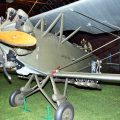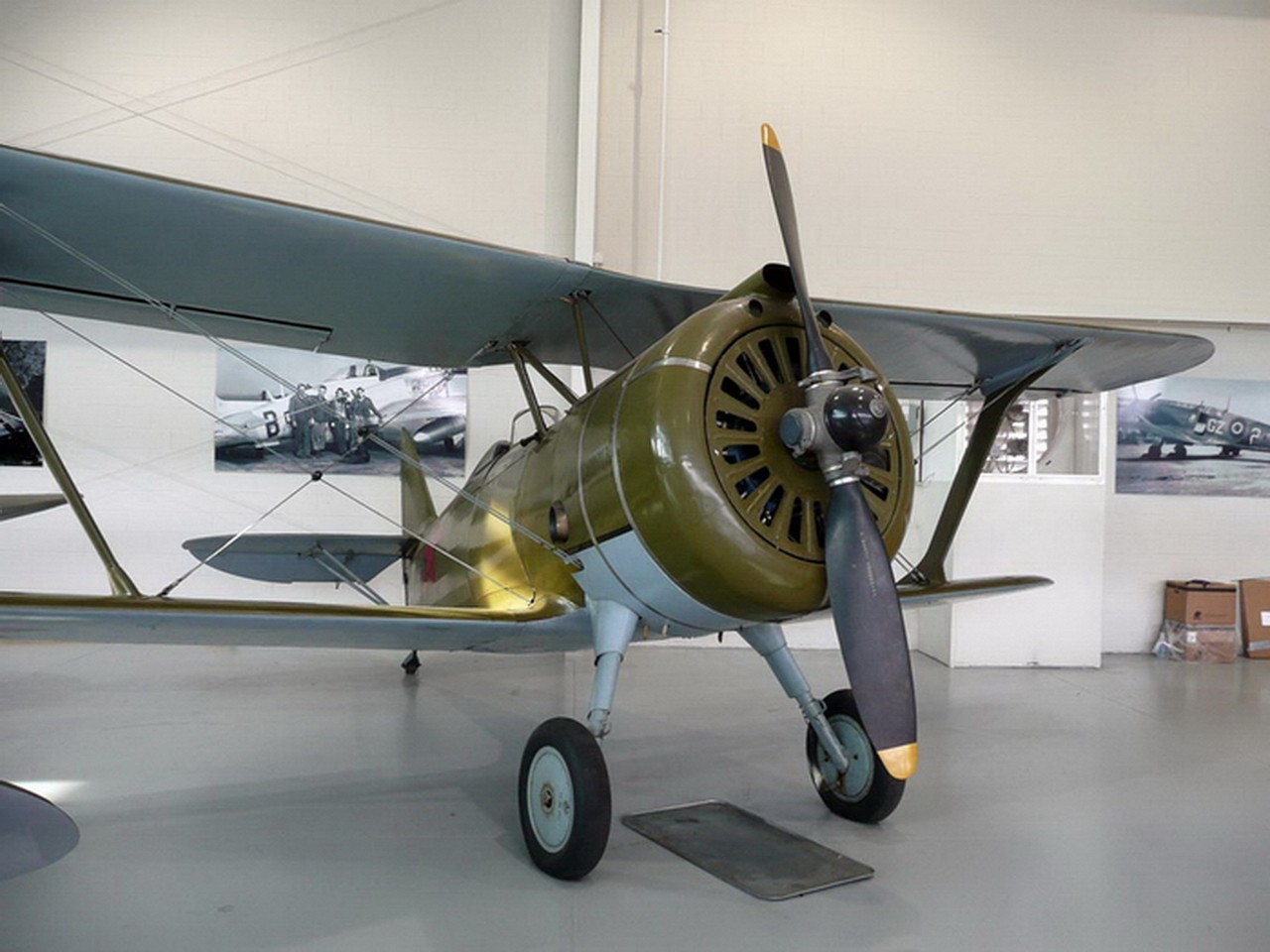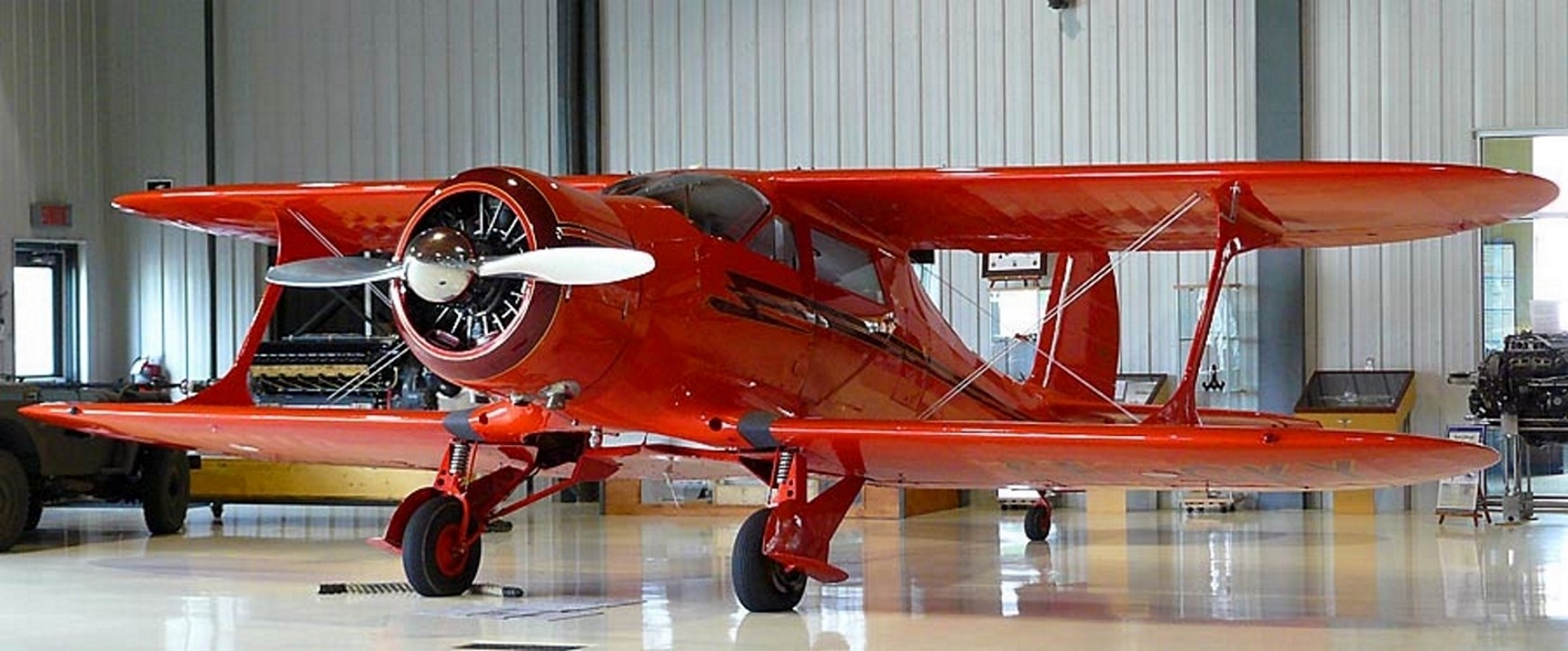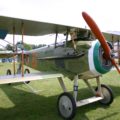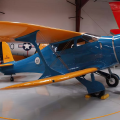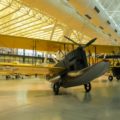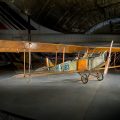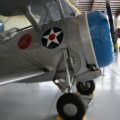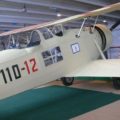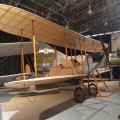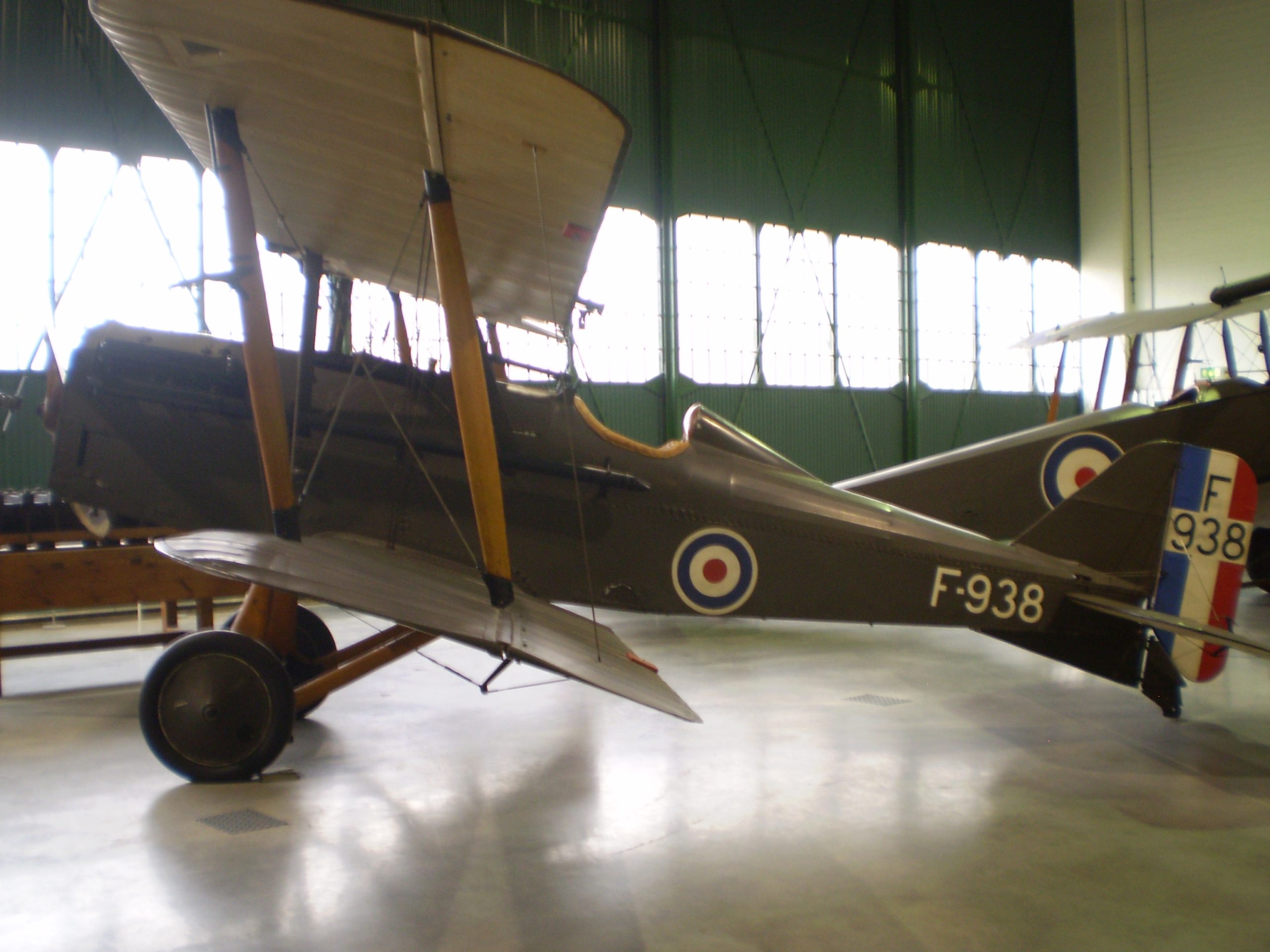
皇家飞机厂 S.E.5 | |
|---|---|
| 国家 | 英国 |
| 作用 | 双翼战斗机 |
| 首次飞行 | 22 十一月 1916 |
| 建立 | 5205 |
照片库的 皇家飞机厂 S.E.5, The Royal Aircraft Factory S.E.5 was a British biplane fighter aircraft of the First World War. It was developed by the Royal Aircraft Factory by a team consisting of Henry Folland, John Kenworthy and Major Frank Goodden. It was one of the fastest aircraft of the war, while being both stable and relatively manoeuvrable. According to aviation author Robert Jackson, the S.E.5 was: “the nimble fighter that has since been described as the ‘Spitfire of World War One'”.
| Royal Aircraft Factory S.E.5 | |
|---|---|
| 摄影师 | 让·托马斯·伦伯特 |
| 本地化 | 未知 |
| 照片 | 38 |
在易趣上查找套件:
| Royal Aircraft Factory S.E.5a Walk Around | |
|---|---|
| 摄影师 | 未知 |
| 本地化 | |
| 照片 | 17 |
相关套件:
The Royal Aircraft Factory S.E.5 was a British biplane fighter aircraft of the First World War. It was designed by Henry Folland, John Kenworthy and Major Frank Goodden of the Royal Aircraft Factory in Farnborough. It was one of the fastest aircraft of the war, while being both stable and relatively manoeuvrable. According to aviation author Robert Jackson, the S.E.5 was: “the nimble fighter that has probably never been surpassed for sheer versatility of performance, handling quality and flying characteristics.”
The S.E.5 was developed from earlier Royal Aircraft Factory designs, such as the B.E.2 and the F.E.2. It used a new 150 hp (112 kW) Hispano-Suiza 8 a V8 engine that gave it a top speed of about 138 mph (222 km/h). The S.E.5 also had a strong structure that could withstand high g-forces and allow diving at high speeds. The S.E.5 was armed with a synchronized .303 in (7.7 mm) Vickers machine gun on the port side of the fuselage and a .303 in (7.7 mm) Lewis gun on a Foster mounting on the upper wing, which could be fired at an angle to avoid the propeller.
The S.E.5 entered service with the Royal Flying Corps (RFC) in March 1917 and soon proved to be an effective fighter and a popular mount for many British aces, such as Albert Ball, James McCudden, Edward Mannock and Billy Bishop. The S.E.5 also served with the Royal Naval Air Service (RNAS) and several other Allied air forces, such as France, Belgium, Italy and the United States. By the end of the war, 5,265 S.E.5s had been built by six manufacturers: Austin Motors, Air Navigation and Engineering Company, Curtiss Aeroplane Company, Martinsyde, Vickers and Wolseley Motor Company.
The S.E.5 remained in service until well after the armistice that ended the war in November 1918. Some were converted into civilian aircraft or trainers, while others were used for experimental purposes. The last operational S.E.5s were retired by the RAF in 1926.
意见:2347
